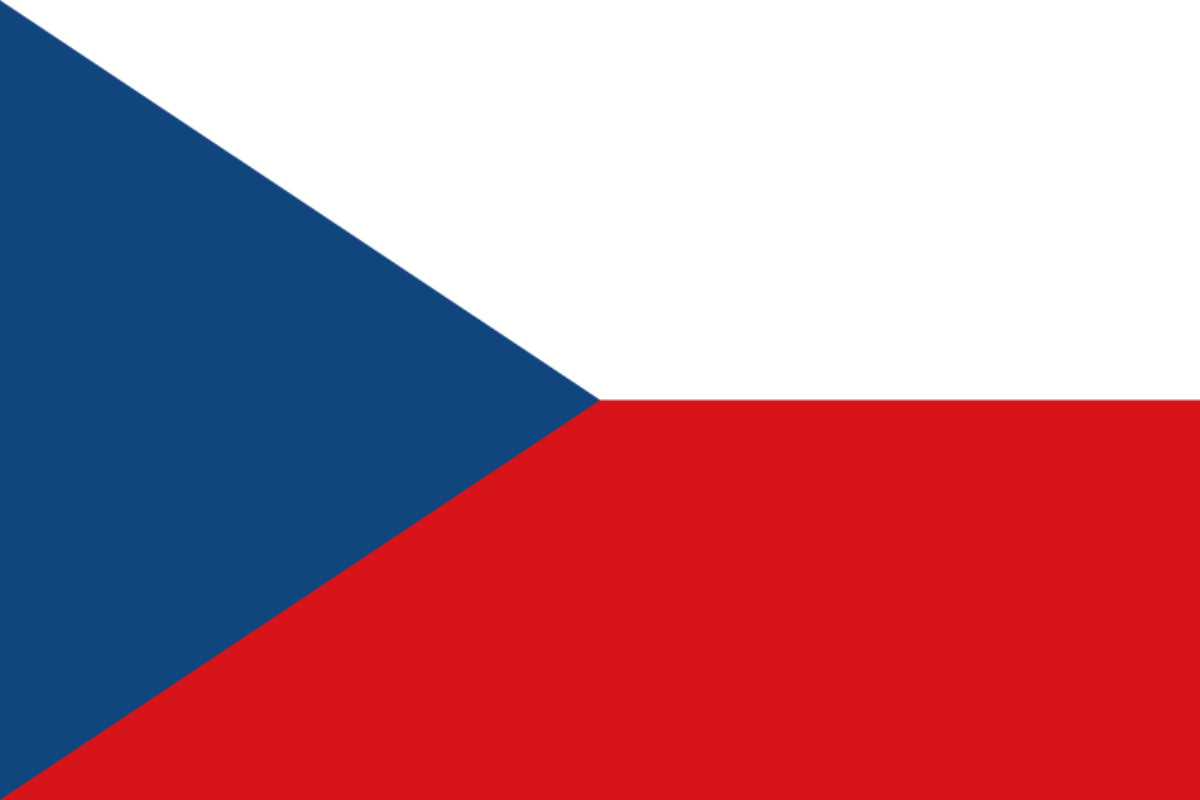Czechia has no official national animal. The Czech lion, also known as the double-tailed lion, is a prominent symbol of Czechia. It features prominently on the country’s coat of arms and has been associated with the Czech people and their history for centuries.
Though most countries tend to choose an animal from their natural wildlife as their national animal, many do instead opt for a symbolic animal.
The lion is an important symbol across countless human cultures and since at least the Middle Ages the people of Czechia have seen the lion as an important cultural image.
Let’s find out more.

What is the national animal of Czechia?
The national animal of Czechia is the two-tailed lion.
This lion has been a symbol to multiple different cultures and peoples throughout time and is also known as the Bohemian lion.
Bohemia, of course, is the largest historical region of Czechia, though it can also refer to a wider area in historical terms, including Moravia and Czech Silesia.
The Czech lion, then, was originally the sign of the Moravian margraves, which was a land of the Bohemian Crowns within the historic Holy Roman Empire.
Truth is, the political history of this part of the world is fairly long and complex and the regions have gone by many different names and lived under many different rules over the centuries.
This lion, though, has continued to be of importance since the Middle Ages in Czechia.
The lion is depicted as silver on a red background, as mentioned with two tails.
It comprises the first and fourth quarter of the coat of arms and is repeated in the shield.
The oldest surviving depiction of this coat of arms comes to us from the 1310s.
Understanding the importance of livery is vital to understanding the place of the Czech lion in the country today.
Livery has been used in some form in many parts of the world throughout time, though in Europe it was particularly important in the Medieval period.
Livery was how ruling, noble families identified themselves, as with the three leopards of England or the Gallic rooster of France.
It would be born on flags and worn on the uniforms of troops and knights, as well as being depicted on their shields.
Where, then, did this lion come from?
Where does the two tailed Czech lion come from?
We don’t know precisely where the Czech lion in particular came from or when it was first used.
As mentioned, it first appears in the archaeological record in about the 1310s, so no doubt it was well-established in use sometime before that.
Lions, of course, are very often the choice of symbol in many countries and families as they are important symbols of strength, pride, and courage.
The two tailed lion in particular as best we can tell was used as the coat of arms of the King of Bohemia from as early as 1253.
In the rules of heraldry, to give an animal—specifically a lion or an eagle—two tails is to reference a younger king.
It could be, then, that the king of Bohemia was referencing an even older tradition coming from the Holy Roman Emperor, Friedrich Barbarossa, of the 12th Century.
For a lack of historical sources, though, we cannot really say for sure.
The two-tailed lion was, of course, an important family symbol in this early time and it came to represent the country itself more broadly later on.
More than that, though, we can’t say for sure.
Why does the Czech lion have two tails?
There is, as we’ve seen some debate about this. some believe that it was adopted first by Otakar II of Bohemia, signaling he was the younger king but claiming his right to rule from his descent from Barbarossa.
On the other hand, some believe it was a more general choice on the convention in heraldry of making a lion two tailed to indicate supernatural elements.
There is, perhaps, more than just worldly strength in the Kingdom of Bohemia.
This, though, is certainly not to be confused with the “Divine Right of Kings” which was a much later invention.
Are there lions in Czechia?
Today, there are no lions in Czechia.
That said, lions had a much greater range historically and not as long ago as you might think.
Lions today are found more or less exclusively in Africa, with some small populations enduring in India.
There could, though, quite well have been in the folk memory of Medieval Bohemians remembrance of a time when lions did roam their land.
Today, of course, there are no lions in the country but they remain instantly recognizable symbols all across Europe.
To put a lion on your coat of arms would strike fear in the hearts of your enemies, and continues to embody that boldness in the choice of national animal today.
The Czech lion, then, is a very interesting piece of symbolic history.
The image has played a role in this part of the world for many centuries and to many different individuals.
Though there are no lions in the Czech Republic today, there certainly were in the distant past, and so they remained in the cultural memory of people long after they had died out in the area. Like in so many cultures, lions are vitally important cultural motifs.

